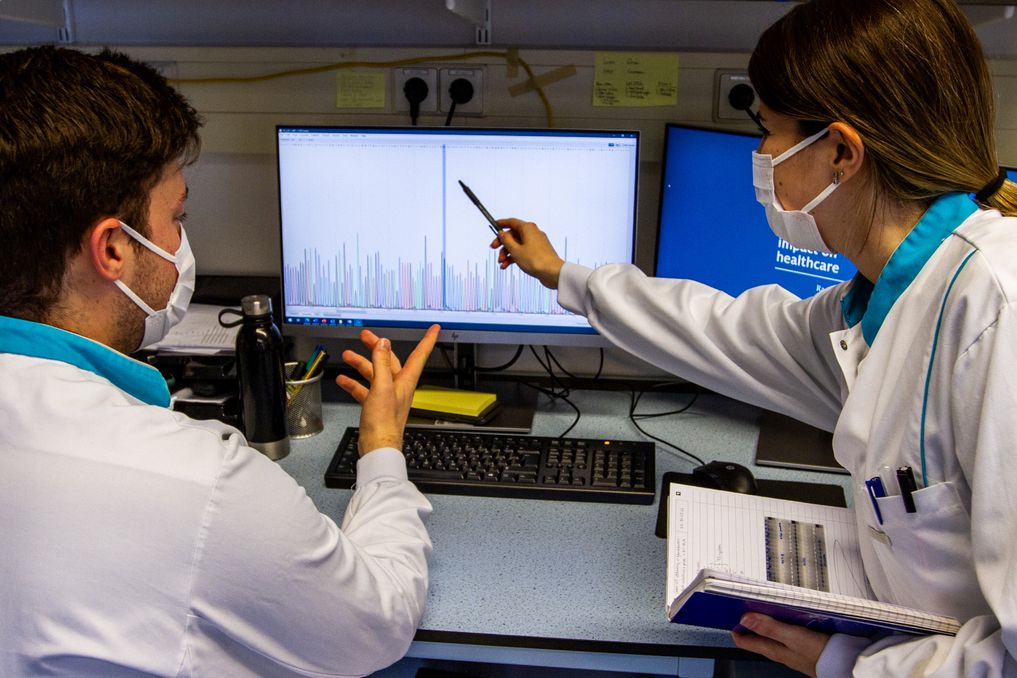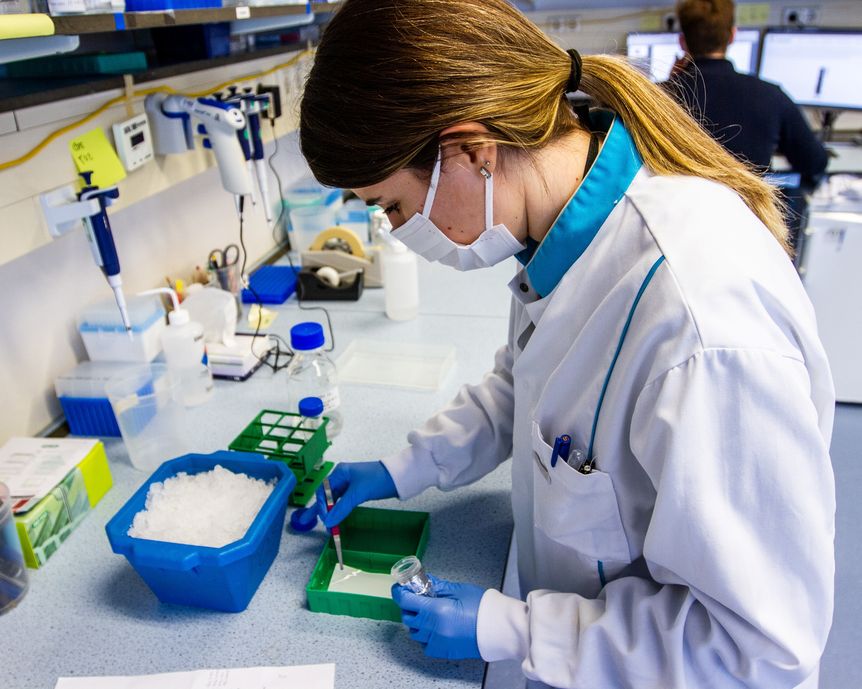Astherna is a preclinical-stage RNA therapy company developing treatments for retinal diseases. The first inherited retinal disease for which Astherna will conduct a clinical trial is Stargardt disease, the most prevalent inherited retinal disease caused by a single gene, which has a high unmet medical need. For several genetic defects that cause this disease, we have developed a unique therapeutic approach with which we aim to stop the progression of the disease, and prevent individuals from getting blind. The development of this first therapeutic allows for AON technology platform validation and thus facilitates the development of additional therapeutics in our pipeline. As a second disorder, we focus on Usher syndrome type 2a (USH2A)-associated retinal dystrophy. Mutations in the USH2A are the most common cause of inherited deaf-blindness and recessively inherited non-syndromic retinitis pigmentosa. Also in this program, the initial goal is to save vision by blocking the progression of the retinal degeneration. In the future our technology can be applied to treat other IRD’s and more common multifactorial retinal diseases, to maximize the potential of AON therapy with the ultimate goal to reduce the burden of vision loss.
We encourage you to contact us upon interest in Astherna here.
Curious about the people behind Astherna? Read more about our Team.
What is the power of Astherna?
Astherna’s close connection to the academia allows us to stay close to the patients’ perspective and to follow developments in cutting-edge technologies for RNA therapeutics closely. We can also build on years of data gathered on the natural disease course of retinal diseases, allowing us to truly understand patient characteristics, relevant endpoints and disease progression, to inform design of successful clinical trials. Furthermore we are in close contact with patients and patient advocacy groups. Therefore, Astherna provides a unique platform to bring novel RNA therapeutics to patients with Stargardt disease, Usher syndrome and in the future for other retinal diseases.


What are the key strong points of Astherna's RNA therapy for STGD1?
- It is aimed to stop progression of Stargardt disease caused by a relatively common severe ABCA4 mutation. It thus addresses the root cause of the problem in a genetic disease. There is currently no treatment available for these patients, who ultimately become blind.
- It is based on a unique technology of restoring RNA splicing defects. Ex-vivo proof of concept has currently been achieved for several AON candidates.
- The first AON therapy paves the way for following therapeutics for other ABCA4 mutations and mutations in other genes in a discovery pipeline.
What are we currently working on?
Currently, we are selecting and further developing our lead AON molecule, based on the best efficacy and safety profiles, besides suitability for manufacturing. Proof-of-concept has been obtained for several lead candidates. Moreover, by gathering and analyzing data on the natural course of Stargardt disease in an academic collaboration with the Radboudumc, we work on innovative approaches for cohort selection and clinical trial designs.
What are the key strong points of Astherna's RNA therapy for USH2A-associated retinitis pigmentosa?
- It is primarily aimed to stop progression of retinitis pigmentosa caused in a defined USH2A target exon. There is currently no treatment available for these patients, who ultimately become blind.
- It is based on a unique technology of inducing the skipping of mutated native exons without disrupting the overall protein domain architecture and 3D structure and without interfering with USH2A gene expression levels. In-vivo functional proof of concept has currently been obtained for skipping the defined target exon in USH2A .
- The first AON therapy for USH2A, developed by the same researchers at Radboudumc, has already reached the clinical phase and has therefore paved the way for following therapeutics for other mutated exons in USH2A and related genes encoding proteins with a similar repetitive protein domain architecture in a discovery pipeline.

What are we currently working on?
Currently, we are in the process of selecting and further developing our lead AON molecule, based on the best efficacy and safety profiles, besides suitability for manufacturing. In an academic collaboration with the Radboudumc, we are gathering information on the natural course of USH2A-associated retinitis pigmentosa in a natural history study (CRUSH study). The sole purpose of this study is to identify biomarkers of the disease in order to define suitable endpoints for future clinical trials.
